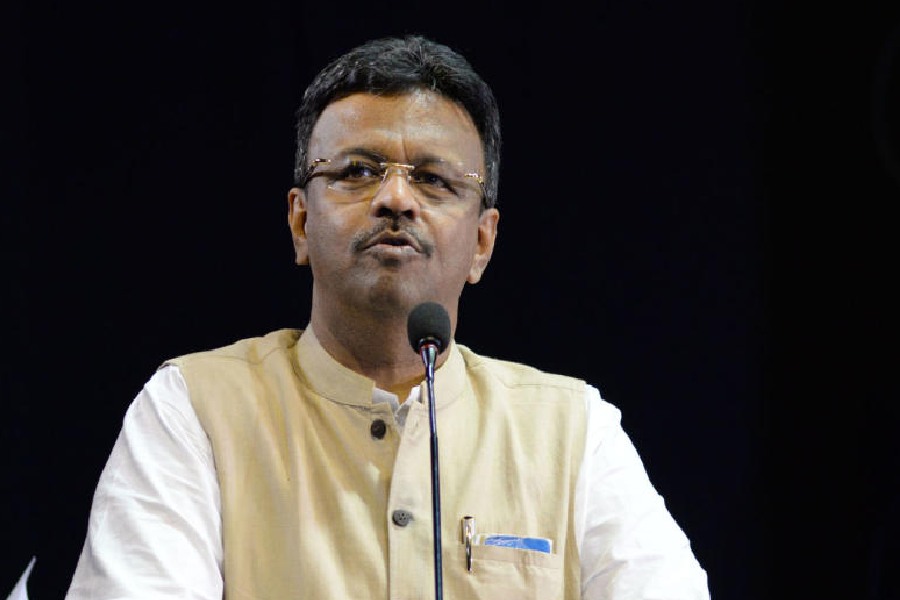Mayor Firhad Hakim has asked councillors to report water shortage right now, so that the Kolkata Municipal Corporation can take remedial measures to prevent escalation at the height of summer.
Hakim has also held meetings with officials and issued similar instructions to them.
Several pockets in the city — including Jadavpur, Kasba, Behala and Tollygunge — suffer water crisis every summer. Long queues of with buckets in front community taps is a common sight.
A resident of Kasba’s Green Park said they have to fill the reservoir in their apartment building by buying potable water from tankers every summer. “Washing clothes or bathing becomes impossible if we do not buy water and fill the reservoir,” he said.
KMC officials cited a sharp rise in the demand for water during summer for the crisis. “Water consumption goes up by nearly 60 to 70 litres per person every day during summer,” an official said.
The affected zones are also the ones where new apartment blocks are coming up and the population is growing. The spurt in population in those pockets, however, is not accompanied by a commensurate rise in the production or supply of potable water.
On Monday, Hakim told Metro that any Kolkatan who is facing water shortage in his or her neighbourhood should report the matter to him on the WhatsApp number 8335999111.
“If there are issues, such as a leak in the pipeline, remedial measures can be taken so that we do not have a crisis at the height of summer. If the problem is reported after it has escalated, fixing it immediately will be difficult,” he said.
Some of the areas that reel under water crisis every summer are Paschim Chowbhaga, Hossainpur and Panchannagram, said Sushanta Ghosh, chairperson of Borough XII, which covers large parts of Kasba and Jadavpur. All the affected pockets are off EM Bypass, near Ruby General Hospital.
“Places like P Majumdar Road, Purbachal and Green Park in Kasba also get affected every summer.”
A resident of Kasba’s Kumarpara said the neighbourhood was dependent on groundwater, which has “high iron content”.
The colour of the water they get is red. ”The water lines get blocked with iron deposits quite frequently and the water supply reduces because of that,” the resident said.
“I had called the mayor in 2019 and he promised that the problem would be solved by 2021. When I called him again in 2021, he said it would take another couple of years. But we are still suffering,” the man said.
A Behala resident said he hires water porters (bhari) every summer to fill the reservoir in his house because of inadequate supply from the KMC. “I changed the location of the ferrule, as advised by local KMC engineers, but that did not help improve the situation,” he said.
According to KMC officials, the affected zones get potable water from the water treatment plants in Dhapa and Garden Reach, but residents of all the places said the supply is inadequate.
“The pockets along EM Bypass, between Science City and Garia, have witnessed a phenomenal growth in real estate. But water supply has not been able to keep pace with the growth. That is the primary reason for the water shortage,” he said.
The KMC is working on increasing the production capacity of the Dhapa water treatment plant and has also decided to set up a water treatment plant in Briji, near Garia. Both, however, will take at least two years to become functional.
In the last three to four years, the KMC has built 37 booster pumping stations. The majority of them have come up in pockets that face water crisis every summer.
Officials admitted that setting up booster stations will not solve the problem unless there is an increase in the production of potable water. For that, they said, residents have to wait for the two water treatment plants to be ready.
